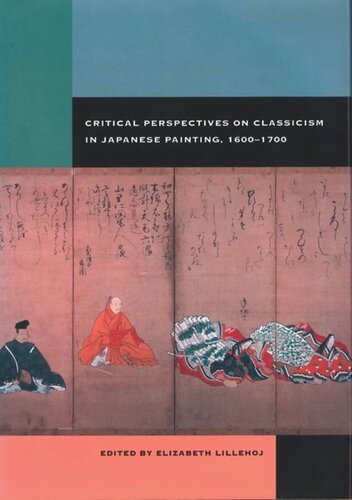

Most ebook files are in PDF format, so you can easily read them using various software such as Foxit Reader or directly on the Google Chrome browser.
Some ebook files are released by publishers in other formats such as .awz, .mobi, .epub, .fb2, etc. You may need to install specific software to read these formats on mobile/PC, such as Calibre.
Please read the tutorial at this link: https://ebookbell.com/faq
We offer FREE conversion to the popular formats you request; however, this may take some time. Therefore, right after payment, please email us, and we will try to provide the service as quickly as possible.
For some exceptional file formats or broken links (if any), please refrain from opening any disputes. Instead, email us first, and we will try to assist within a maximum of 6 hours.
EbookBell Team

4.1
40 reviewsIn the West, classical art—inextricably linked to concerns of a ruling or dominant class—commonly refers to art with traditional themes and styles that resurrect a past golden era. Although art of the early Edo period (1600–1868) encompasses a spectrum of themes and styles, references to the past are so common that many Japanese art historians have variously described this period as a "classical revival," "era of classicism," or a "renaissance." How did seventeenth-century artists and patrons imagine the past? How did classical manners relate to other styles and themes found in Edo art? In considering such questions, the contributors to this volume hold that classicism has been an amorphous, changing concept in Japan—just as in the West.
The authors of the essays collected here are by no means unanimous in their assessment of the use of the label "classicism." Although they may not agree on a definition of the term and its applicability to seventeenth-century Japanese art, all recognize the relevance of recent scholarly currents that call into question methods that privilege Western culture. Their various approaches—from stylistic analysis and theoretical conceptualization to assessment of related political and literary trends—greatly increase our understanding of the art of the period and its function in society.
Contributors: Laura Allen, Karen Gerhart, Elizabeth Lillehoj, Sam Morse, Joshua Mostow, Keiko Nakamachi, Quittman Eugene Phillips, Satoko Tamamushi, Melanie Trede.